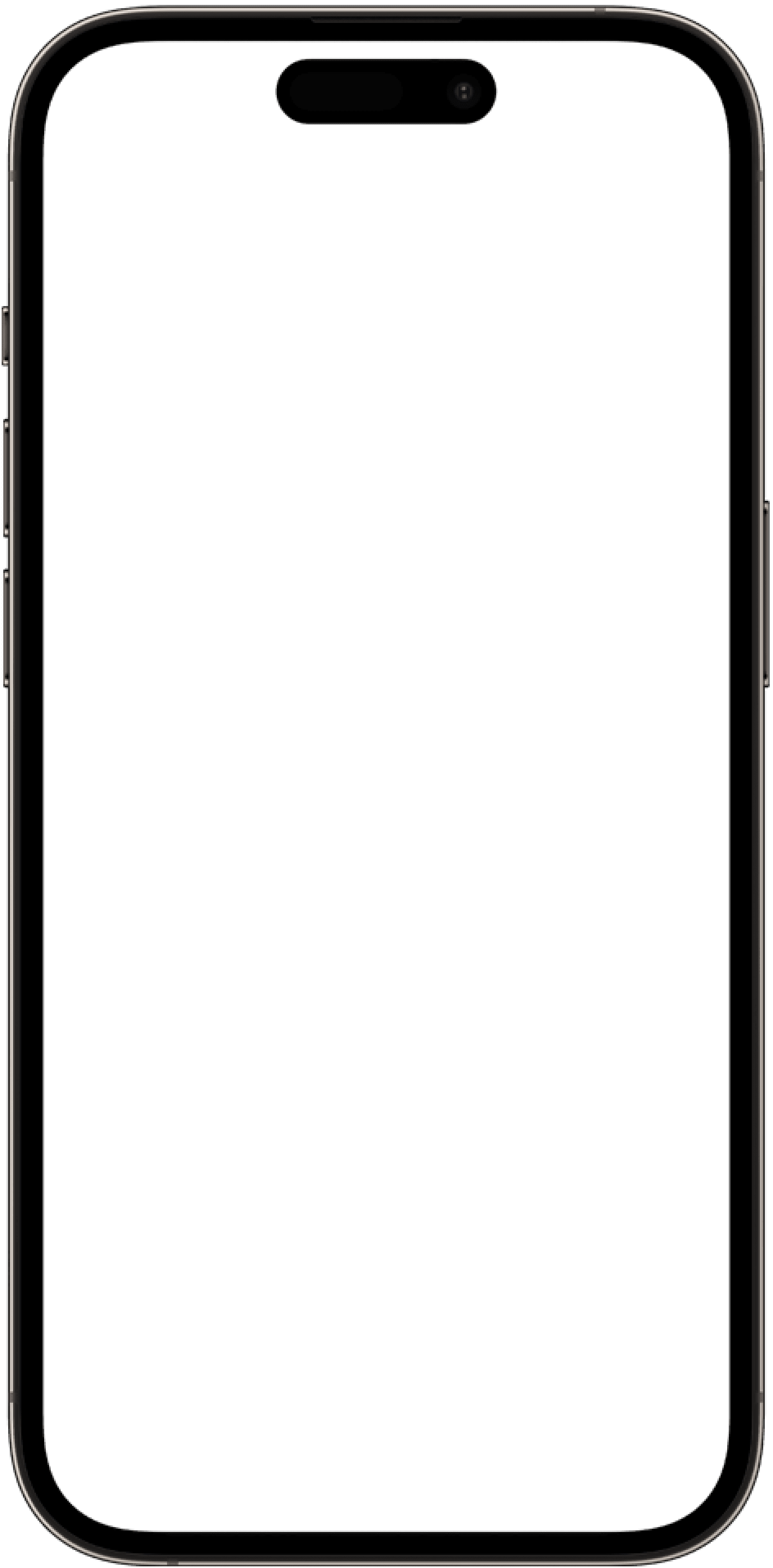Our mission is to get more people listening to live jazz. The manual gig list was a bottleneck, managed by one person. Now, with our Crust AI Snippets, the musicians update it themselves. The list is always live, always accurate, and has become the definitive guide for fans in the city. It truly embodies the spirit of our collective.

Anouk V.
Coordinator
,
The Amsterdam Jazz Collective
The Problem
Amsterdam’s jazz scene is intimate and alive, with dozens of talented musicians playing in historic canal-side clubs and cozy "brown cafés" every night. For the Amsterdam Jazz Collective, a volunteer-run organization, promoting these gigs was their core mission. However, their primary tool—a manually updated list on their website—was failing them. A single volunteer, Anouk, was responsible for chasing over 50 musicians via WhatsApp and email to gather their schedules.
"It was an impossible task," Anouk admits. "By the time I collected the information and updated the webpage, a gig would be cancelled or a new one added. The list was perpetually out of date." This meant fans were showing up to empty venues, musicians were playing to smaller crowds than they deserved, and the collective wasn't fulfilling its promise to the community. The process was a frustrating bottleneck for everyone.
The Solution
The collective used Crust AI to build an elegant two-part system that distributed the responsibility of updating from one person to the entire community of musicians.
First, they launched a public-facing "Amsterdam Jazz Finder" Snippet. This sleek, mobile-friendly page became the new hub for fans. It displays a constantly updated list of upcoming shows, neatly organized by day. A fan can quickly see who is playing where—tonight, tomorrow, or next weekend—all in one place.
The magic is in the second part of the system: a private "My Gigs" portal for each musician. Every member of the collective has their own unique, bookmarked link. When they book a new performance, they open their private portal, fill out a simple form with the gig's details, and hit "Add." The new listing instantly appears on the public Gig Finder. They can also use their portal to edit or remove their own upcoming gigs, but have no access to anyone else's data, ensuring security and simplicity.
Anouk wanted the public finder to capture the city's cool, nocturnal vibe. "I told the AI to design it like a classic Blue Note album cover," she says. "It gave us a moody, dark-blue theme with sharp, clean fonts that felt perfect for jazz."
The Impact
The new system transformed a time-consuming chore into a dynamic, community-powered tool, strengthening the entire local jazz scene.
"The responsibility is now shared, which is the true spirit of a collective," Anouk says. "The accuracy of our gig list went from about 70% on a good day to nearly 100%, all the time."
The key results have been cultural and practical:
The Go-To Resource: The Gig Finder has become the definitive guide for live jazz in Amsterdam, referenced by locals, tourists, and even cultural blogs.
Increased Audiences: Musicians reported a noticeable increase in attendance, especially for mid-week gigs that were previously difficult to promote.
Empowered Musicians: Artists feel more in control of their own promotion and more connected to the collective's mission.
Eliminated Administrative Burden: The volunteer coordinator role has shifted from data entry to genuine community management, saving dozens of hours of manual work each month.
How Can You Replicate?
This two-snippet system is perfect for any membership organization where individuals need to manage their own public-facing information, like an artists' guild, a yoga teachers' association, or a freelancers' union.
Set Up Your Database: Use a tool like Airtable with two main tables: one for "Musicians" (with their name and a unique ID) and one for "Gigs." Each record in the "Gigs" table should have the performance details and a field linking it to the correct musician's ID.
Build the Public Snippet: Create a "Multiple Items Snippet" based on your "Gigs" table. Set it to be publicly viewable. Use AI prompts to style it and organize the gigs chronologically.
Build the Private Snippet: Create a second "Multiple Items Snippet," also based on the "Gigs" table. The key here is to apply "User-based Permission," using the "Musician ID" field as the identifier. This ensures musicians can only see and edit gigs linked to their own ID.
Enable Editing and Adding: Within the private snippet, use AI prompts to create the user interface for management:
"At the top, add a button that links to a new snippet for creating a record, and prefill the Musician ID.""For each gig listed, add an 'Edit' button and a 'Delete' button.""Design this management page with a clean, simple, light-themed interface for easy data entry."




